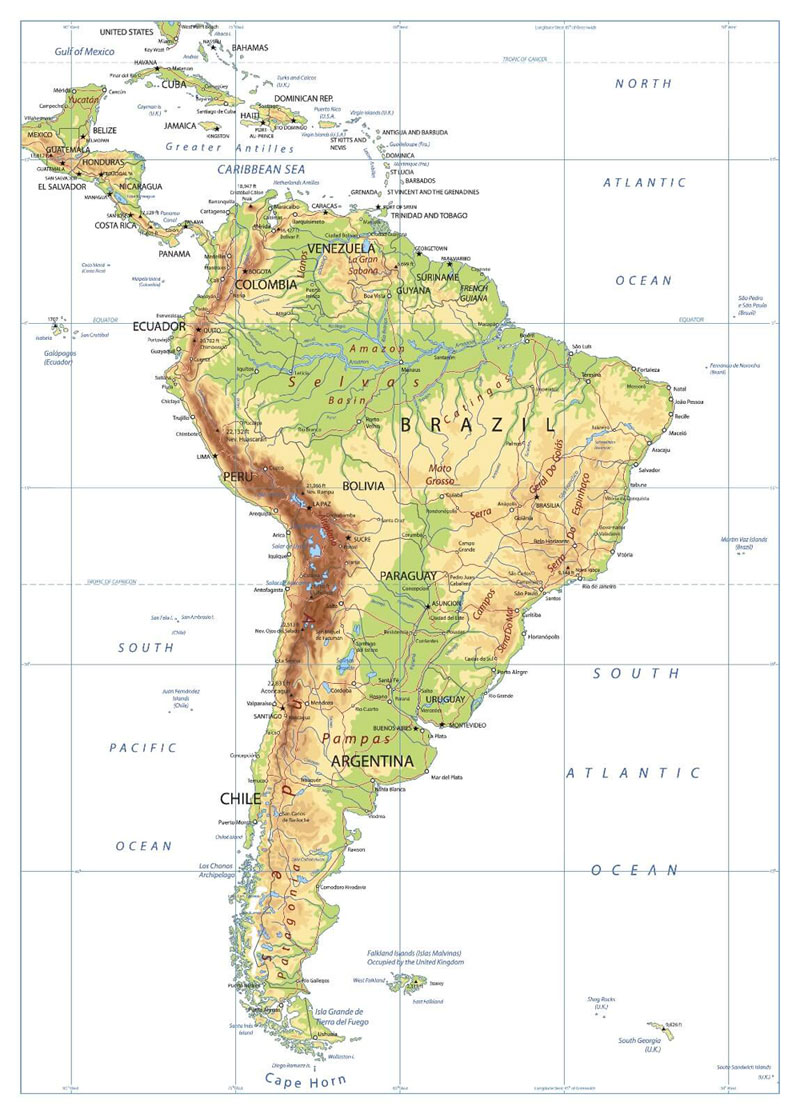From soaring Andes peaks to the samba and salsa of its most vibrant cities, America del Sur is a continent that speaks to your senses and taps into a rich cultural lilt. The Spanish language is at the heart of this sensual feast — it is the access point for understanding the real South American way of life. Specializing in South American culture, learning Spanish isn’t just about becoming a master of verbs and vocab; it’s about embedding oneself within South America’s way of life and soaking it all by experiencing it through the country’s most genuine experience.
Culture Dissembled by Way of Spanish
Like a kaleidoscope, South America’s culture offers a burst of colors, tastes and sounds, a rich tapestry woven from indigenous, African and European threads. In order to fully grasp this cultural mosaic, one needs to learn Spanish, the most common tongue that narrates the stories and remembers the histories of the continent.
When you start the journey of learning Spanish, you start to unpeel the layers of South America’s cultural onion. An experience in one of the South American countries has to be more than just a way to learn; this should be a life-changing opportunity that means you can tune into local social norms, values and customs. The language, its musical lilt, will match the sway of hips in a samba line or hands molding empanadas in a busy kitchen.
Connecting with native Spanish speakers is more than a matter of vocabulary; it’s a way to enter another person’s world, understanding their worldview and traditions.
Chances are your cultural exposure has given you insight into regional slang and dialects, so each conversation is like a peeling back of layers of meaning, a discovery process.
Local fests and epicurean blowouts aren’t just diversion; they’re hands-on language class laced with story and spirit.
As you dance, dine and converse, you will learn that the Spanish language is inextricably linked to the South American cultural identity — a romance centuries in the making.
Read more: Lessons Outside the Classroom: Tourism
Linking these marvels with a tour around South America is not just about amazing sights and ancient sites, it’s also one big stage for linguistic discovery. For Spanish learners, the continent lays a red-carpet welcome mat to a world of opportunities, exquisitely woven lessons into breathtaking experiences.
Consider Argentina, Colombia and Peru, for example. These places are famous not only for their stunning scenery but also for their colorful language schools and accents. Here’s what makes them special:
Salsa dancing in Colombia is not just a dance class — it’s a dialogue with history and rhythm.
In Argentina, tango lessons impart the tongue of fervor and focus beyond language.
In Peru, cooking classes blend culinary vocabulary with flavor, a story of Incan and Spanish melding.
These are hardly ordinary experiences. They connect the learning curve of your tongue to the heartbeats of South American cities and people, so you can inhale dialects and colloquialisms so instinctively that the language gets you moving like the Amazon River — wide, all-encompassing, teeming with life.
History of South America: Tales from the Past
To study Spanish in South America is to examine history as it comes alive in chapters from a book. Before the arrival of the Europeans, the land was home to an estimated 1,000 different tribal nations, a continent of languages and bloodlines that shaped the land. The Spanish conquerors left their permanent print, not just in new lands but in the land itself — their language embedded in the land.
The years of violence and conquest and colonization made Spanish the dominant tongue.
While there were moments of rebellion and burgeoning independence movements in the 19th century, the linguistic landscape established by Spain proved resistant to change in even the face of political upheaval.
Latin America is a storyteller today, and Spanish is its voice. It’s a language that crosses links the continent, providing a glimpse into the complex interconnectivity and variety of its citizens.
Metropolises, where Language meets its Cultural Melting Pot
In South America’s metropolitan buzz, an accelerated pace for learning Spanish. Buenos Aires echoes with elegance and history, Bogotá vibrates with a whisper of business and culture, and Lima exudes the breath of ancient culinary habits.
These cities are more than points on a map; they are living classrooms where there’s a new conversation at every street corner.
South America wears its well-deserved skin of vibrancy due to all of the urban life that has been collected, which also provides the perfect backdrop for any linguistic exploration and exchange.
For language learners there is a playground of opportunities available designed for language learners — from international festivals to cozy language cafes.
In these throbbing cities, every handshake, every market stall, every museum work of art is grist for a rich lesson plan. In Spain, the Spanish language is experienced, not just studied.
Ultimately: The Heart and Soul of South America Lies in Its Language
But to travel through South America is to tango with history, to chat with culture, to learn more than a language — it’s to take on a new lens through which the world is more brilliant and beautiful. Once you know Spanish, it’s not just a skill you have but a whole new family, a whole new continent. But the moment you can speak to the soul of South America — the heart language, is the moment you gain more insight, more love, and more connection than any textbook can ever provide. Bienvenidos a Sudamérica, where the more Spanish words you speak, the more you get to meet the heart of this beautiful land.

